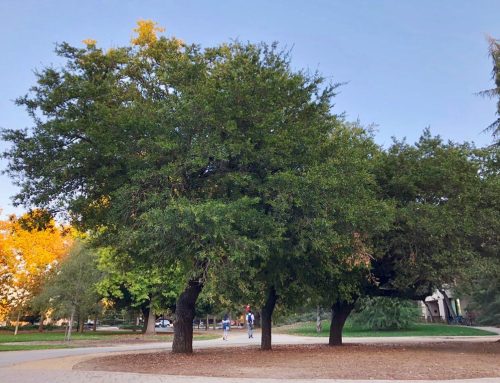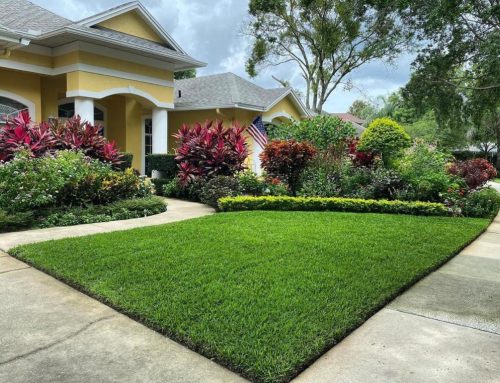Artificial turf sports fields have become a ubiquitous part of the sports landscape, providing year-round playing surfaces for a wide range of activities.
Whether it’s football, soccer, baseball, or any other sport, synthetic turf fields offer several advantages, such as durability, weather resistance, and reduced maintenance compared to natural grass.
What is Artificial Sports Turf?
Sports turf is a type of synthetic surface designed to mimic the look and feel of natural grass. It is composed of plastic or polymer fibers intertwined in a rubber or latex base. This type of artificial turf has been used for decades in sports such as American football and golf, but in recent years, it has gained popularity in sports such as soccer, rugby, and hockey, gyms, and sports halls.
It provides a uniform and consistent surface to train on, meaning there are no uneven patches that can affect training. Additionally, sports artificial turf is more durable than natural grass, requires less maintenance, and has a lower risk of injury. It is an excellent economical and practical option for sports fields.
Differences Between Artificial Turf for Sports and Natural Grass
There are several differences between natural grass and artificial turf. Below, we will mention some of the most important ones:
- Maintenance: Natural grass requires regular maintenance that includes watering, mowing, fertilizing, and pest and disease control. Artificial grass, on the other hand, requires no watering, mowing, or fertilizing, and its maintenance is reduced to regular cleaning to remove dirt and debris.
- Durability: Natural grass can become worn and uneven over time, especially in high-traffic areas or in extreme climates. Artificial grass is stronger and more durable and can withstand heavy use without wearing out.
- Cost: Artificial grass is more expensive than natural grass in terms of initial installation cost. However, its low long-term maintenance can make it more economical in the long run.
- Environmental Impact: Natural grass requires a large amount of water and chemicals to stay healthy, which can have a negative impact on the environment. Artificial grass, on the other hand, requires no water or chemicals, but its manufacturing and disposal can have a negative environmental impact.
- Feel and Look: Natural grass has a soft, natural feel underfoot and has a unique look that many nature lovers prefer. Artificial grass, on the other hand, may feel harder and less natural, but its appearance has been significantly improved in recent years and it is increasingly difficult to distinguish it from natural grass.
Advantages of artificial sports grass
Artificial sports turf has several advantages over natural grass in terms of durability, maintenance, safety, and quality of play. Some of the most notable advantages of artificial sports turf are:
- Greater Durability: Artificial sports grass is very resistant, it can withstand extreme weather conditions, as well as the constant wear and tear of sports.
- Less Maintenance: Once installed, artificial sports grass requires no maintenance. There is no need to mow, water, or fertilize.
- Consistent Play: Sports artificial grass provides a uniform and consistent surface to train on, meaning there are no uneven patches that can affect training.
- Wider use: Sports artificial grass can be used all year round and in a variety of weather conditions, allowing athletes to train and play at any time.
- Lower Risk of Injury: Artificial sports grass is softer and more cushioned than natural grass, reducing the risk of injury.I
In this post, we have explored the advantages and disadvantages of artificial sports grass compared to natural grass. Our goal is to provide our customers with the best quality and service in sports turf, and we hope that the content of this post has been useful in helping our customers make an informed decision about what type of sports turf is right for their sports facilities.







Leave A Comment